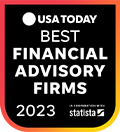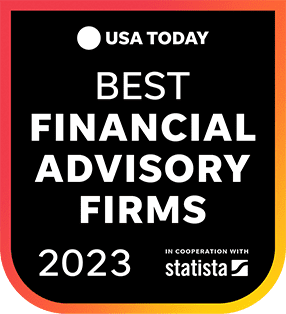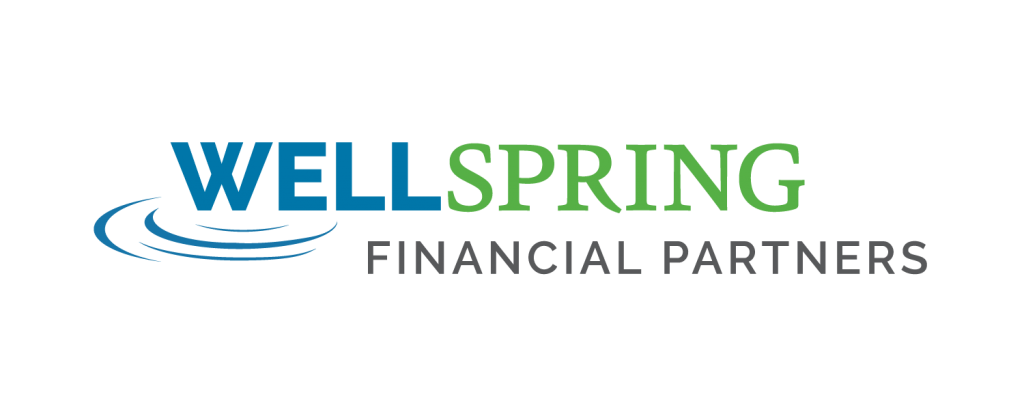In the world of finance, specifically investments, there are many aspects that are esoteric by nature. However, research data says the average person would do a startling 250% – 300% better in total accumulated assets if they understood investments better, particularly the risk / reward trade-offs better[i]. These education-oriented letters are part of my commitment to you to accomplish that very profitable end, and possibly generational impact, for you and your family. Thus, in this letter we explore the exploding financial area called ‘Private Equity’, both what it is and how it is being (misleadingly) purported to benefit the average family when instead it will likely hurt them.
Let’s get the definitions established first. “Private Equity” (PE) firms are entities that collect a lot of private money to invest in companies that are not publicly traded (say, smaller company start-ups) or the companies are currently publicly-traded but they want to take them private. Private equity investing involves purchasing whole ownership stakes in companies or taking a minority stake in a promising startup. Private equity “credit” means lending money to these same companies (versus buying shares in them), again using money that the PE firms have fundraised from outside investors. This approach is an alternative to conventional banks or doing IPO’s (Initial Public Offerings) to raise the money they need to grow. It is not uncommon (as I’ll describe below) for PE firms to both invest in – and to lend money to – the PE-managed company. The typical desired holding period is 6-12 years, at which time the PE-managed company would exercise their ‘exit strategy’ to get their money out for the owners (General Partners, who manage the various enterprises) as well as investors (Limited Partners). Selling their equity stakes to another company or taking the company public then is common.
Though true start-up Venture Capital (VC) has been around for 70 years, this private business funding / ownership started more in the late 1980’s where we called them LBO’s (Leveraged Buy Outs). However, LBOs soon got a bad name (remember “Barbarians at the Gate; The Rise and Fall of RJ Nabisco”) so the firms rebranded as Private Equity. Nonetheless, though initially selling their wares to private endowments such as Ivy League universities, PE firms have grown rapidly. From the dot.com bust to now, fueled by cheap financing (low interest rates), PE-managed firms have increased in the United States from 2,000 firms to roughly 12,000[ii]. To put that number into perspective, keep in mind there are only 4,500 or so publicly traded companies in the US. It is true that the total dollar value of companies is much higher on publicly-traded exchanges at $62.8 Trillion (June 30, 2025)[iii] but still the total value of domestic PE investments is $6-7 Trillion so it’s not chump change (because it’s ‘private’, the numbers are notoriously murky, but good estimates are PE equity investments come in at $3.5 Trillion and credit / real estate being the balance[iv]). The global value of total private equity is $17.4 Trillion[v] out of total traded equity market of $128.2 Trillion[vi].
It should be pointed out here that one of the main two drivers for owners / managers of companies to seek Private Equity backing is simply because “going public” has gotten a lot more expensive in the last 20-years with increased regulations, disclosures, and government oversight *(note; the other driver was historically cheap financing, which isn’t there anymore). PE-managed companies can do all their financial engineering behind closed doors and don’t have to report anything because historically the only people who could be investors had to qualify as ‘Accredited’, which means you had $200,000-$300,000 per year in income and / or assets more than $1,000,000. What’s the reason for this limitation to only Accredited Investors? There are many explanations, but high fees, complex structures, no (or low) liquidity, terrible transparency and weak governance protections are tops among them. From a strictly technical standpoint, if you have that much more risk added by these factors, you SHOULD GET more returns.
Now you know what, why and how. One of the big drivers of Private Equity came from the success of the guy (David Swensen) who managed the Yale Endowment Fund and spanked his follow endowment competitors in performance – and he did achieve it. But…and this is key BUT…it’s not currently working. In the last 3 years, Private Equity has actually underperformed the unmanaged S&P 500. In the period 2022-2024, the infamous Yale Endowment underperformed the S&P 500 by 8% per year.[vii] In fact, if you look at the full period of Private Equity’s heyday (2002 – 2022), you’ll note a very slight degree of overperformance at 0.7% p.a. in its favor[viii]. However, objectively speaking, such a marginal improvement doesn’t nearly compensate for the low liquidity of PE investments. On top of these travesties, the transparency of ‘fair value’ in a PE investment is muddier than a Louisiana bayou.
Okay, you say, “The heck with it, let those rich guys and gals lose their money!” However, just like Paul Harvey would encourage us, we need to get to the rest of the story. Never, please ever, underestimate the greed of Wall Street. These guys are coming for you. Due to a variety of factors, these Private Equity firms are now sitting on high-water mark RECORD 29,000[ix] COMPANIES! Their original investors want out and their promise of liquidity is getting long in the tooth. So, if you are a PE GP *(Apollo, Bain, Blackstone, Carlyle, KKR, TPG, etc. etc.) and have plumbed all the easy money and new money is coming in at the smallest level since 2016[x], what do you do? The answer is you look for a new pot of money to tap.
How’s $12 Trillion sound? Super. Perfect! Thus, in a reality that is fueled by a massive public relations campaign and lobbying, pending Federal legislation is opening up ERISA assets ($12 Trillion[xi]) to PE companies to sell their wares. ERISA plans are the company savings plans for the average employee. Forget about the fact that PE fees are 5-20 times higher than a normal index fund[xii], performance improvement on PE is marginal (if any) and ‘small cap’ is what the average employee in this country says their kid wears to baseball practice, ‘this benefit is coming to you’. It’s been dressed up in its Sunday best, and fees will come down some, but if you put lipstick on a pig, it’s still a pig.
The capital markets are hard enough to understand. Further, anxiety over money is at an all-time high in these United States. If we don’t have the moral fortitude to ‘solely act in an employee’s best interest’ – as ERISA plans under the Department of Labor are required to do by law — then I think we have let our neighbors down. But, now you know the rest of this story, and I encourage you to be on the lookout for it if you have a company savings plan.
It remains my deep and distinct honor to serve you well.
Patrick Zumbusch
CEO and Founder
[i] “An Evaluation Of The Risk-taking Characteristics Of Affluent Households” (M. Kruger, J. Grable, S. Fallaw, Journal of Financial Planning, July 2017)
[ii] “The Public To Private Equity Pivot Continues” (Citizens Financial Group, September 27, 2025)
[iii] “Total Market Value of the U.S. Stock Market” (Siblis Research Limited, September 27, 2025)
[iv] “Private Equity Outlook 2025” (Preqin, September 20, 2025)
[v] “Private Equity Market Size and Share Research with Trends and Analysis” (Mordor Intelligence, September 27, 2025)
[vi] “World Stock Market Capitalization & Profits” (Siblis Research, September 21, 2025)
[vii] “Diminishing Returns For University Endowments” (Burton Malkiel, Wall Street Journal, July 6, 2025)
[viii] “Private Markets – A Growing, Alternative Asset Class” (S&P Global.com, September 21, 2025)
[ix] “The PE Glut: a ‘Towering’ $3.6TR of Value Is Locked in 29,000 Unsold Companies”: by Michele Calarier, Institutional Investor, March 27, 2025
[x] “Global Private Markets Report 2025: Braced for shifting weather” (Alexander Edlich, McKinsey & Company, February 2025)
[xi] “Private Equity Preps PR For A 401k Push” (Chris Cumming, Wall Street Journal, September 2, 2025)
[xii] Passive Funds AIE At 0.03% (VT by Vanguard to 0.20% Dimensional versus Private equity at minimum all-in fees at 2% (“Evaluating Private Equity Fee Structures” Hamilton Lane, November 18, 2023)




